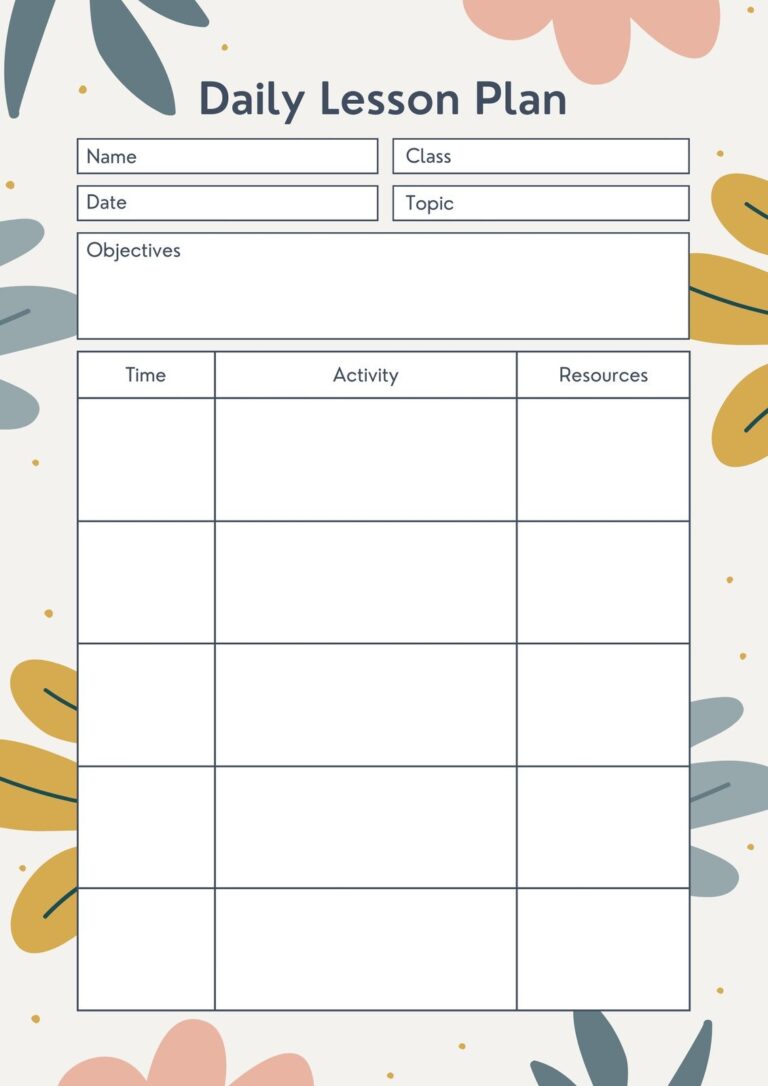Free Modern Cursive Handwriting Worksheets to Print!
These resources provide structured exercises designed to facilitate the acquisition of contemporary connected script. They typically feature letterform exemplars, tracing activities, and line-ruled spaces for independent practice. For example, a typical resource might include multiple pages dedicated to mastering lowercase letters, followed by uppercase letters and then common word formations.
The utilization of such materials offers benefits to learners of all ages, including improved fine motor skills, enhanced cognitive development, and a strengthened understanding of letter formation principles. Historically, legible script was a fundamental communication skill; its ongoing relevance lies in its contribution to personal expression, note-taking efficiency, and a tangible connection to traditional writing practices.
Subsequent discussion will address the key elements comprising these resources, exploring topics such as the selection criteria for effective exercises, variations in instructional approach, and the integration of technology to enhance the learning experience.
Frequently Asked Questions Regarding Contemporary Connected Script Practice Resources
The following addresses common inquiries concerning structured materials designed for developing proficiency in streamlined, interconnected handwriting.
Question 1: What is the primary benefit derived from utilizing handwriting practice materials?
The primary benefit lies in the structured practice provided, leading to improved motor skills, enhanced letter recognition, and the development of legible and fluent handwriting.
Question 2: Are such materials suitable for all age groups?
These resources can be adapted for various age groups, from elementary school students to adults seeking to improve or refine their handwriting. The content and complexity can be adjusted to match the learner’s skill level and goals.
Question 3: What features define effective practice materials?
Effective materials incorporate clear letterform models, ample tracing and practice space, logical sequencing of letter groups, and opportunities for independent writing application.
Question 4: How do these resources differ from traditional cursive methods?
Resources designed with contemporary connected script emphasize simplification, speed, and personal style, often deviating from the more ornate and rigid forms of traditional cursive.
Question 5: Is digital integration beneficial in conjunction with paper-based exercises?
Digital tools, such as interactive tutorials or handwriting analysis software, can complement paper-based practice, providing additional feedback and personalized instruction.
Question 6: What is the recommended frequency and duration of practice sessions?
Consistent, short practice sessions, typically 15-30 minutes daily, are more effective than infrequent, lengthy sessions. Regularity promotes muscle memory and skill retention.
In summary, consistent and focused engagement with well-designed structured materials yields improvements in handwriting legibility, fluency, and overall confidence in written communication.
The subsequent section will delve into the specific types of exercises commonly found within these learning resources.
Optimizing the Utilization of Contemporary Connected Script Practice Resources
The following tips are designed to maximize the effectiveness of structured handwriting exercises, leading to improved legibility, speed, and personal expression.
Tip 1: Prioritize Correct Posture and Grip: Proper ergonomics are fundamental. Maintain a comfortable upright posture, ensuring adequate support for the writing arm. Employ a relaxed grip on the writing instrument to avoid unnecessary tension.
Tip 2: Focus on Letter Formation Fundamentals: Begin with basic strokes and gradually progress to individual letterforms. Pay meticulous attention to the consistent formation of ascenders, descenders, and x-heights.
Tip 3: Emphasize Consistency in Letter Connections: Smooth transitions between letters are crucial for creating fluid and legible script. Practice connecting common letter combinations to develop muscle memory.
Tip 4: Utilize Line Guides Effectively: Line guides, whether pre-printed or self-drawn, provide a framework for maintaining uniform letter size and spacing. Adherence to these guides promotes visual clarity.
Tip 5: Practice Regularly and Deliberately: Short, focused practice sessions are more effective than sporadic, lengthy sessions. Concentrate on specific areas for improvement during each session.
Tip 6: Seek Feedback and Analyze Progress: Compare completed exercises against exemplar models. Identify areas of weakness and adjust practice strategies accordingly. If possible, solicit constructive criticism from experienced handwriting instructors.
Tip 7: Adapt to Individual Writing Style: While adhering to fundamental principles, encourage the development of a personalized script. Minor variations in letterforms are acceptable, provided legibility is maintained.
By diligently implementing these strategies, individuals can significantly enhance their proficiency in modern connected script, achieving both improved legibility and a greater sense of personal expression.
The concluding section will summarize the key points discussed and offer final recommendations for continued handwriting improvement.
Conclusion
This exploration of modern cursive handwriting worksheets has highlighted their role as a structured tool for cultivating legible and efficient script. The discussion underscored their benefits for improving fine motor skills, enhancing cognitive function, and providing a tangible link to traditional writing practices. Moreover, the analysis emphasized the importance of consistent practice, proper technique, and personalized adaptation when utilizing these resources.
The continued relevance of legible handwriting in an increasingly digital world underscores the enduring value of these exercises. Embracing structured practice, combined with a dedication to refining personal style, ensures the perpetuation of this fundamental skill. Further investigation into innovative approaches and evolving techniques will undoubtedly continue to shape the future of handwriting instruction.
